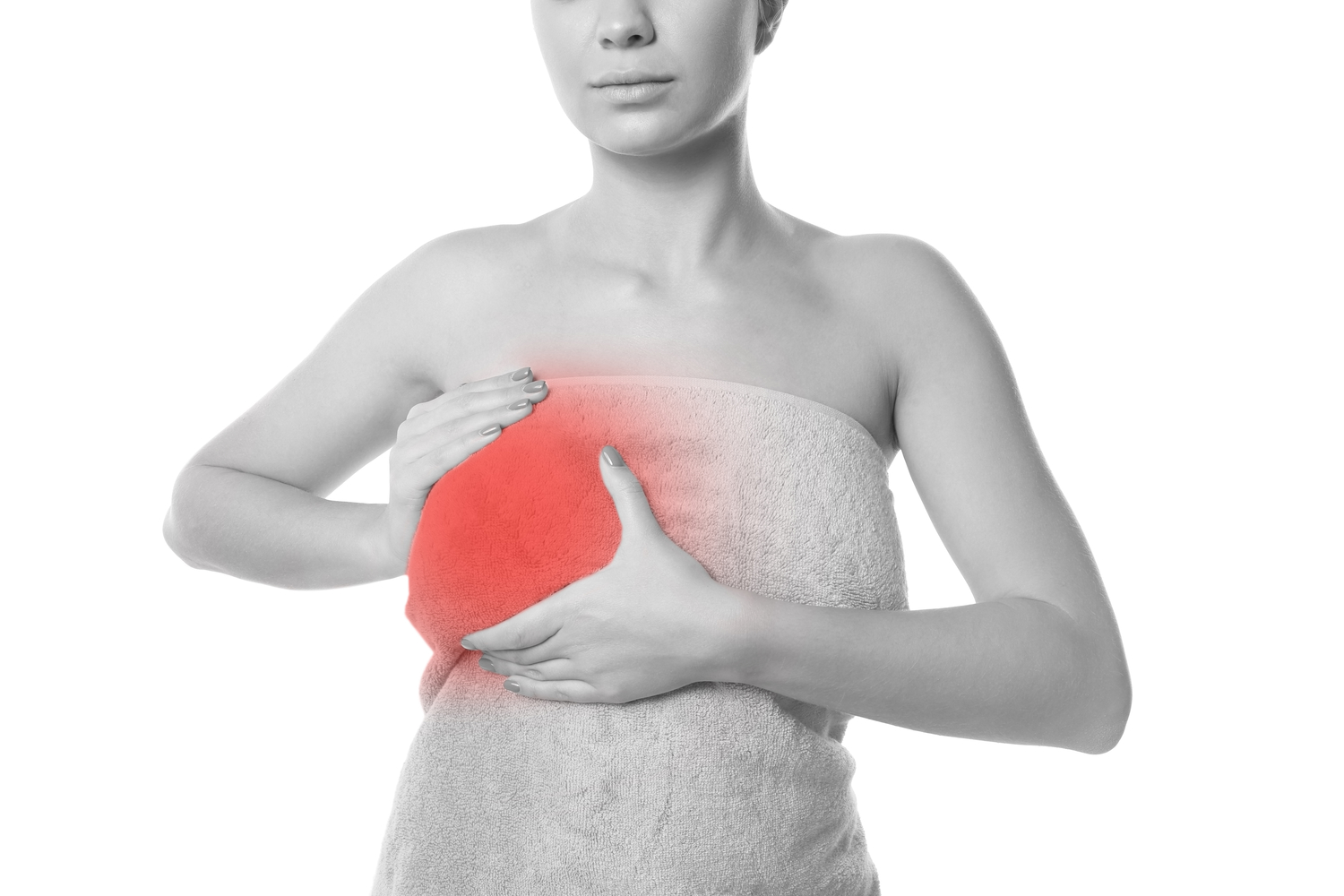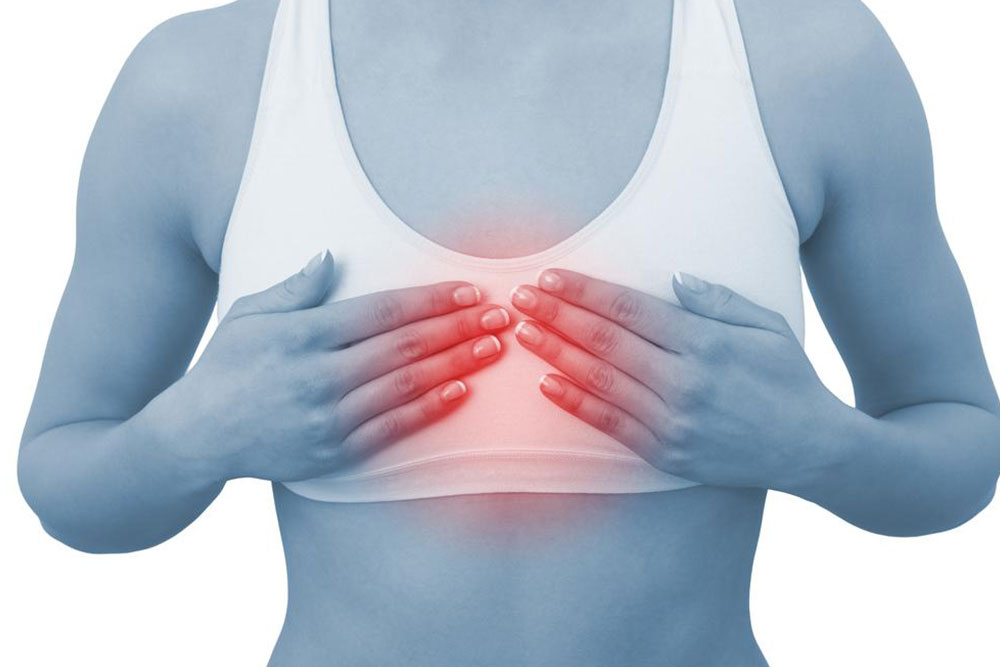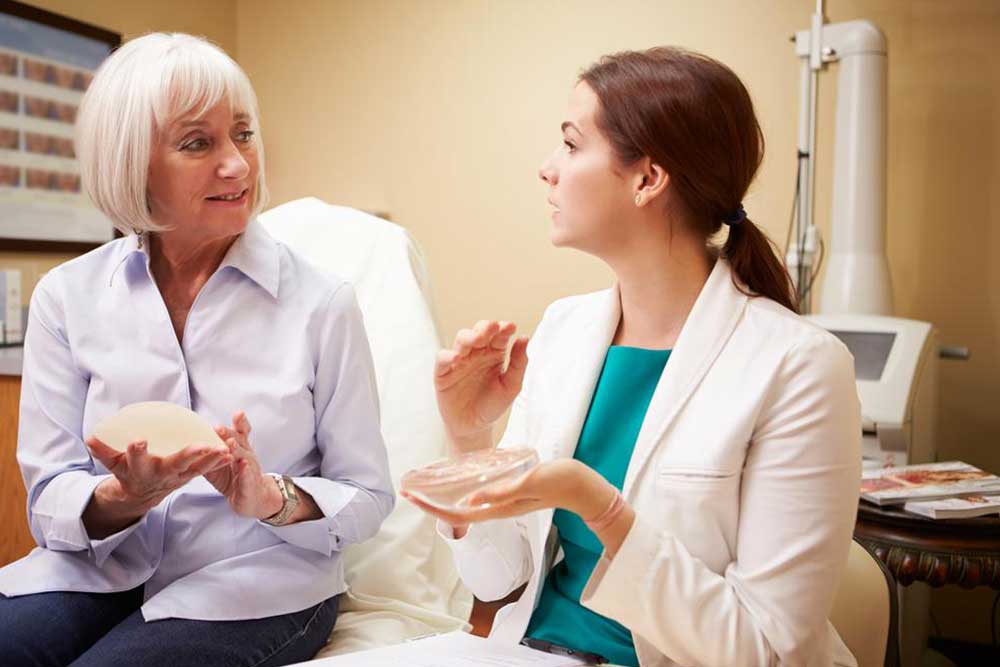Understanding Breast Discomfort: Causes and Treatment Options
This article explores the different types of breast discomfort, including cyclic and noncyclic pain, their causes, and effective management techniques. It emphasizes the importance of proper care and medical consultation for persistent symptoms, helping women understand when to seek professional help and how to alleviate discomfort safely.
Sponsored

Breast discomfort refers to feelings of soreness and tenderness in the breasts and the surrounding area. Various factors can trigger this pain, and it’s important to note that breast discomfort isn’t always indicative of serious conditions like breast cancer.
Most women experience some degree of breast pain during their lifetime. The intensity varies depending on its origin. Disorders can affect one or both breasts, often linked to hormonal fluctuations.
Breast discomfort falls into two primary categories: cyclic and noncyclic pain.
Cyclic discomfort is tied to menstrual cycles, typically occurring a week before menstruation, affecting both breasts and nearby areas like the armpits. Women aged 20 to 40 are more prone to experiencing this, which usually eases after periods end.
Noncyclic discomfort is common among older women and isn’t related to menstruation. It often presents as burning sensations or soreness.
Noncyclic pain may stem from past injuries or muscle trauma.
If discomfort persists beyond a few days, seeking medical advice is crucial to identify underlying causes. Here are some strategies to alleviate breast discomfort:
Limit caffeine intake, including chocolates and beverages like tea, coffee, and sodas, as caffeine can exacerbate pain. Reducing sodium consumption is also beneficial.
Engage in relaxation techniques such as yoga and meditation to reduce stress.
Maintaining a healthy body weight helps prevent aggravation of symptoms.
Choose supportive, well-fitting bras; avoid wired models and opt for sports bras during physical activity.
Applying cold packs may relieve burning sensations, while heat therapy can promote blood flow.
Always consult healthcare professionals before trying self-care methods. If pain lasts more than two weeks, diagnostic tests may be necessary to determine the root cause.






